The 100-Year Dynasty Of Loro Piana
Tracing the not-so-quiet legacy of an Italian cashmere behemoth
Every luxury brand worth its billion-dollar valuation needs a colour. Hermès has orange sewn up; Tiffany has trademarked its own shade of turquoisey blue; and Bottega Veneta turned its fortunes around with a hue of vibrant Kelly green. At Loro Piana (often referred to as just Loro by fans, and celebrating its 100th anniversary this year) it’s kummel red, which is really more of a terracotta brown. You can find it on the interiors and facades of outposts in glistening UAE shopping malls, on strategically unbranded £1,500 vicuña and cashmere baseball hats worn by Sun Valley-attending titans of industry (and the strivers beneath them), and on the upholstery of oligarch-owned superyachts moored in faraway ports.
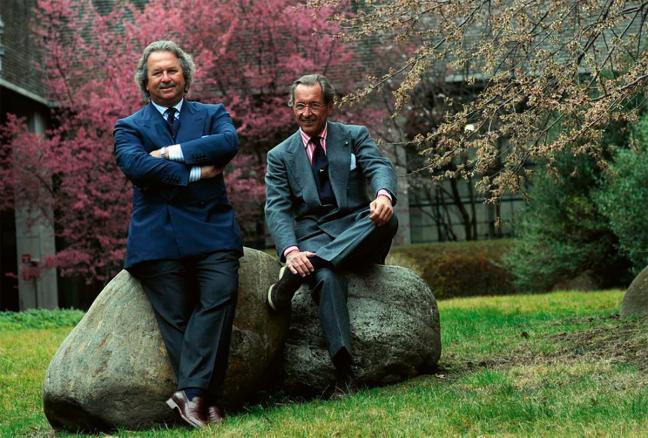
It’s a colour – unremarkable, even a bit boring – that has come to typify a label that is at the forefront of the ‘stealth wealth’ or ‘quiet luxury’ aesthetic. A private members club in wearable form. Uniqlo for billion-aires. As Loro Piana itself put it during an uncharacteristically bold 2023 ad campaign for its extremely popular Open Walk range of rubber-soled shoes: “If you know, you know.”
Like most great Italian manufacturing dynasties, the origins of Loro Piana are a family affair. Starting out in the 19th century as fabric merchants in Trivero, a small commune in the mountainous northern region of Piedmont (fun fact: the village is also home to Zegna), the Loro Pianas traded in wool from the region’s plentiful sheep, before Pietro Loro Piana, who had a background in engineering, founded Ing. Loro Piana & C. in 1924. Pietro’s nephew Franco took over in 1941, and was responsible for expanding it into a respected supplier of premium fabrics for a rapidly expanding high-end fashion industry, and a growing international market that was recovering in the wake of the Second World War. Given the family’s reputation for quality, their fabrics were eagerly bought up by the likes of Yves Saint Laurent during his Parisian heyday; for the nascent power suiting that was pioneered by Giorgio Armani; and for overcoats and bespoke tailoring crafted in Savile Row cutting rooms by the likes of Anderson & Sheppard.
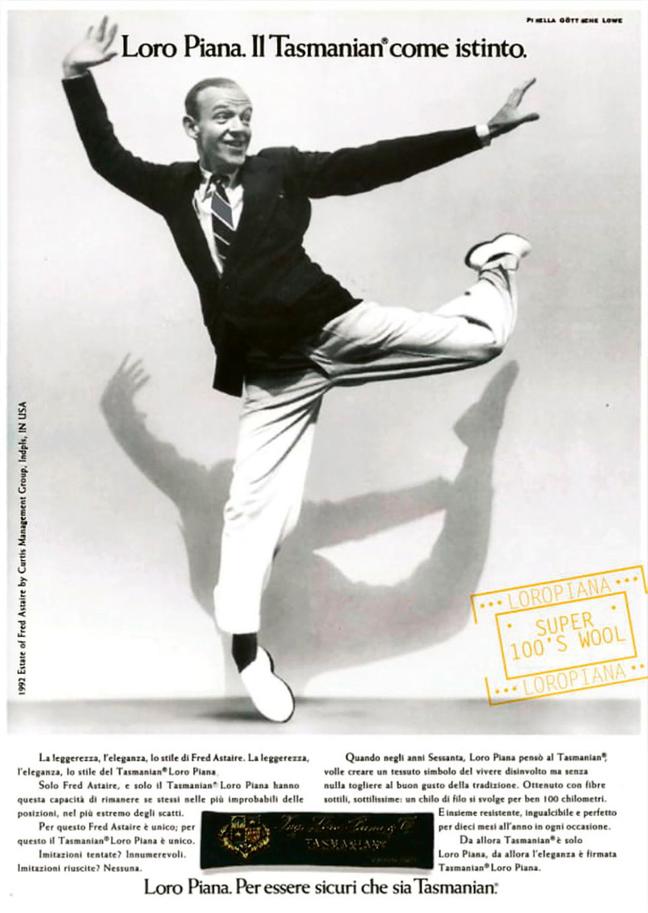
By the 70s, Franco’s sons, Pier Luigi and Sergio, had taken over and pushed the family business into making their own luxury goods. They sourced cashmere from baby Mongolian Capra hircus goats (the GOAT of goats, if you will), as well as luxurious fibres from the rare vicuña, a smaller relative of the llama and the alpaca, which lives high in the Andes. They even went as far as buying a nature reserve in Peru in order to preserve the species, and soon established proprietary herds of sheep in Australia and New Zealand with fleeces of such fine quality that the brothers coined (and trademarked, of course) the term ‘The Gift of Kings’.
After four decades at the helm, in 2013 the brothers sold up and took a relative back seat when Bernard Arnault, CEO of the all-conquering LVMH group, offered two billion euros for an 80 per cent stake in the business, with Pier Luigi and Sergio moving into vice presidential roles, and Arnault’s eldest son Antoine (all very Succession), taking over as chairman. Later that year Sergio died at the age of 65, leaving Pier Luigi as the connective tissue between six generations of fabric merchants from the foothills of the Italian Alps, and the global heft of a luxury conglomerate operated by the world’s richest man. “Quality will save the business,” was Pier Luigi’s concise statement.
“The quiet luxury which Loro Piana offers will always have a place, as it operates above trend. It isn’t a fashion brand,” says Teo van den Broeke, editor, author and menswear authority. “As such, they’re not interested in stellar – ergo, temporary – growth or hype, they’re about providing the world’s plutocrats with simple clothes that cost the same as a small country’s GDP.” The fabrics, according to van den Broeke, “absolutely do live up to the hype in terms of quality. I was lucky enough to be gifted a baby cashmere sweater by the brand several years ago and it’s maintained its shape, lustre and handle beautifully. It probably helps that I keep it in the freezer year round, for fear of moths, but I’m an anomaly in that regard. Anyone who can afford to buy the brand’s cashmere pieces can also afford a refrigerated wardrobe.”
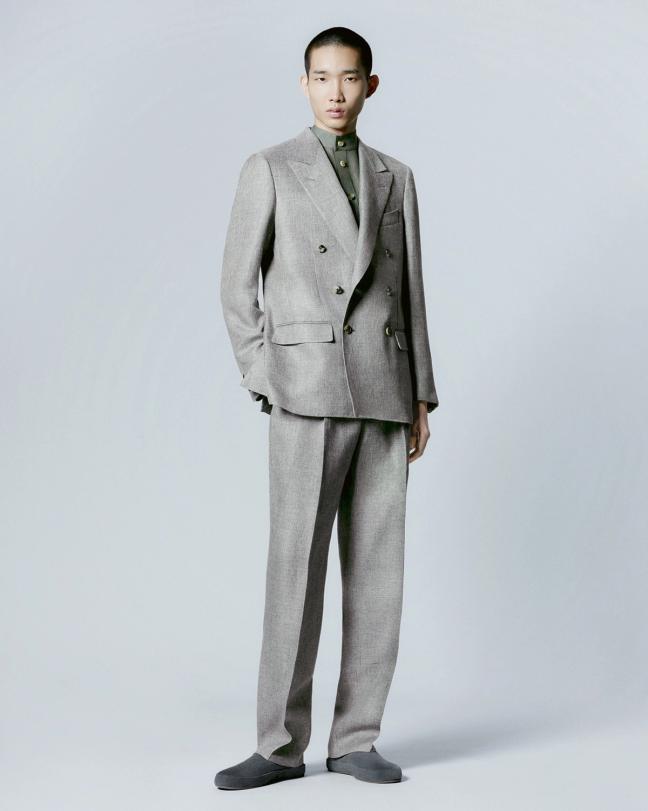
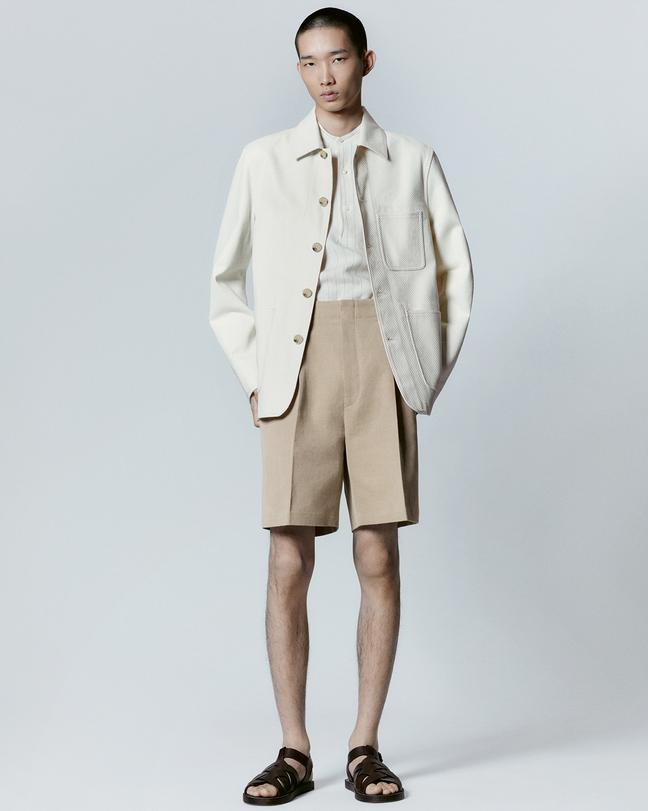

The marque started out in 1998 with two stores, in Milan and in Venice. With the help of LVMH and a core business that, analysts estimate, turns over more than a billion euros a year (LVMH doesn’t publish figures for individual brands), today there are 171 Loro Piana stores worldwide. If you want a Yabu full-grain leather jacket in Baku, or a Washiba cotton-cashmere crew-neck in Aspen, there’s an immaculate store for that. The brand’s Ginza, Tokyo flagship, designed by architect Jun Aoki, has a facade that is more than 100 feet high and is made of mirrored steel strips that replicate the flow of the label’s fabrics.
Another distinctive part of Loro’s identity is the fact that the business is entirely vertical. It produces five million metres of fabric a year across nine production sites, all in Italy. While most luxury brands out-source manufacturing and production, every thread that turns into a roll of Loro Piana fabric or an impossibly soft Loro Piana jumper is the property of, and produced by, Loro Piana. Its interiors division can outfit your super yacht or your Como lakeside estate. For customers with the deepest crocodile leather wallets, the brand will even offer something of a concierge service. According to the Financial Times, this might include “entrance to a hard-to-get-into art exhibition in New York, a front-row seat at a glamorous equestrian event in Rome, or a berth on a yacht during a regatta in St Barths.”
Loro Piana doesn’t put on runway shows or employ a big-name creative director. Until recently there wasn’t even a specific marketing department. “I accept-ed the position to lead the brand with a clear objective,” CEO Damien Bertrand, who joined from Dior in 2021, told the Italian business paper Milano Finanza.“Making Loro Piana the most desired luxury brand in the world. All our work is going in that direction. Quiet luxury is sometimes how they define us. But if quiet means quiet, I don’t believe it’s the right word for us. The brand was successful decades ago, when nobody was using the term quiet luxury, and will continue to be for decades to come.”
Jessica Cadmus is a stylist at Wardrobe Whisperer who specialises in Wall Street and executive clients. “Loro Piana is the easiest to talk about because it is the Bentley, it is the Patek Philippe,” she told New York magazine. “It just happens to be the hot thing on people’s lips.” Lawrence Schlossman, one of the hosts of cult menswear podcast Throwing Fits, says, “I fucking hate quiet luxury. I hope it goes away soon.” But even Schlossman concedes, “I don’t blame Loro Piana, even though they’re the brand that, along with maybe The Row, everyone thinks of when the term comes up. The fabrics are undeniably beautiful. I have a Supreme suit in Loro Piana wool and it’s fantastic. The ready to wear is getting better, and you can’t deny they’re an industry leader. In lieu of garish logos, people who buy Loro are banking on you touching the cashmere and asking where it’s from. It’s a different kind of flex. Beautiful fabrics; boring clothes. That’s my view.”
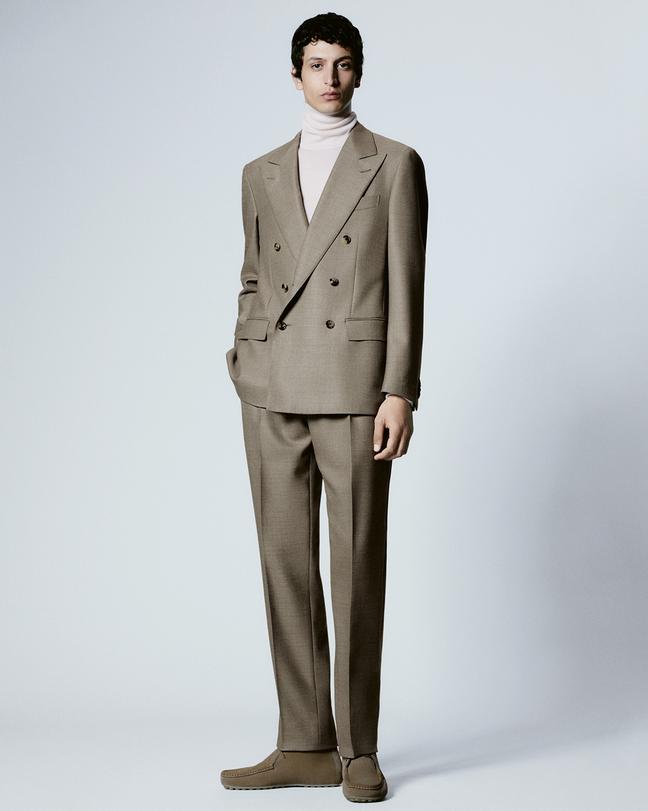
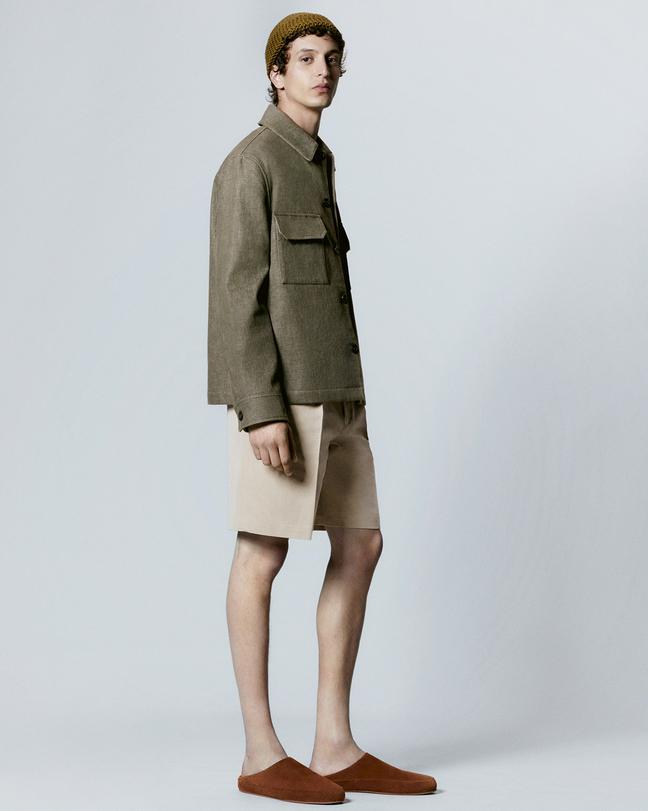

If there is someone to blame, or credit, depending on your outlook, for the rise of quiet luxury in a pop-cultural sense, then it’s probably Kendall Roy, played by the actor Jeremy Strong; the sweating, stuttering, middle-aged loser scion of the fictitious Roy clan in HBO’s Succession. Across four critically acclaimed seasons, the show depicted a gaggle of voracious siblings vying for their father’s attention– and fortune – in an array of expensively understated outfits. Jacques Marie Mage sunglasses, Lanvin trainers, and lots and lots of Loro Piana – including a jacket that was gifted to Strong prior to the filming of season four, and an unbranded, navy-blue cashmere iteration of the brand’s My Cap that was often pulled low to shield Kendall from his various failures and fuck-ups. In fact, it was Strong’s idea to include the cap as part of his character’s armour, which proved a challenge for the show’s costume designer, Michelle Matland.
“We could not find that [cap] anywhere,” Matland told W magazine. “We searched the country. We had them ship-ping it, and it got stuck in customs. All this for a baseball cap, which seemed outrageous. Then one day I went into the store to pick up something that I ordered and the saleswoman came upstairs with that hat in her hands. I couldn’t believe it. I almost fainted.” Matland says that in researching the show’s costumes, she and her team followed the super-rich into stores like Brunello Cucinelli – another bougie and beige outfitter to the 0.1% – and Loro Piana. “We would literally kind of mimic what they were touching, feeling,” Matland told Rachel Tashjian of The Washington Post. “And it is so textural. The appeal of clothing to this kind of person is just in the fabrication of the garment.”
“Succession has had a huge impact on the brand’s prominence and desirability which is strange given that the characters who wear Loro Piana in the show didn’t make it look that good,” says van den Broeke. “But that’s not really the point. Succession provided a lesson that the truly rich and powerful do not rely on conspicuous consumerism to semaphore their wealth. It’s about cut and fabric and looking confident and elegant enough to seem like a Master of the Universe – even if you’re only acting as one.”
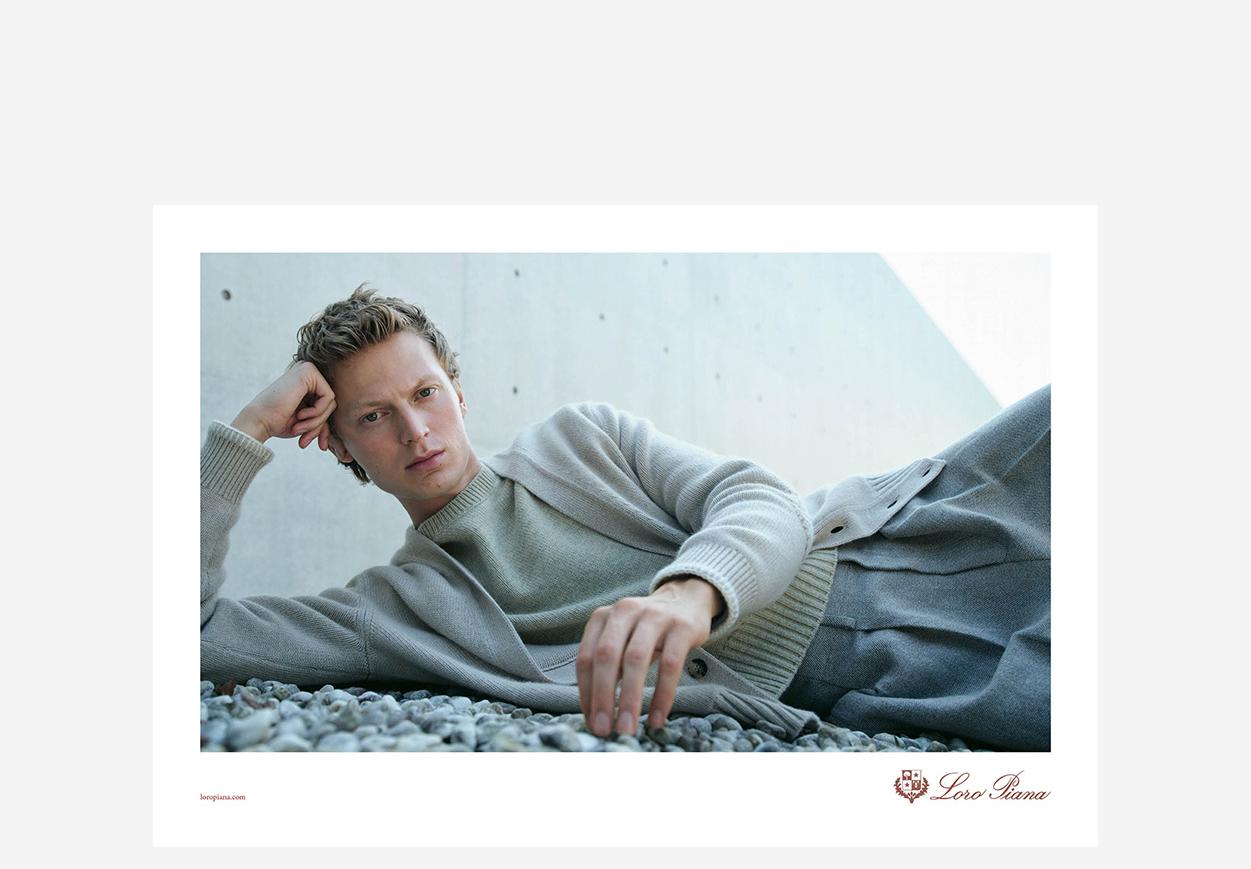
Another unlikely spokesperson for Loro’s global, contemporary and very posh footprint is the anonymous online character known as Gstaad Guy, who merrily parodies the lifestyles and tastes of the sort of international-school-educated, heir to a questionable fortune, knows a guy at Frieze set, with their villas in Saint-Tropez, chalets in, well, Gstaad, and Loro Piana Open Walks forever on their feet. At the time of writing, Gstaad Guy had 870,000 followers on Instagram and 676,000 on TikTok. During one video he breaks out into rhyme – potentially the first ‘rapper’ to drop Loro into a song: “My Loro gilet, it’s brand new/No one does it better – Loro Piana always comes through/Alfred and I felt like popping, so we had a shopping spree/And now I’m drowning in vicuña –Loro, what you do to me...”
Despite the company’s pride in its fully vertical model and its soaring profits, the potential effects of the global luxury supply chain came into sharp relief when, in February of this year, Bloomberg alleged that Loro Piana was exploiting some of the indigenous Peruvian communities responsible for sourcing the ultra-rare vicuña fibres crafted into knitwear that can retail for thousands – with workers accusing Loro Piana of offering unfair wages or, in certain cases, not compensating at all. “With regard to the Lucanas community, the volume of Loro Piana’s purchases from them is equivalent to 4 percent of the total quantity purchased by the label in Peru,”read an official Loro Piana statement.“Thanks to this harvest, the community receives from Loro Piana up to several hundred thousand dollars, on average, for their work every year.” The label further stated: “More broadly, Loro Piana has paid nearly $20m over the past 10 years to its Peru-based suppliers to buy vicuña yarn.”
On an unremarkable grey lunchtime I make the short walk from my office in central London to Loro Piana’s New BondStreet store, a soft grey marble-effect front with a hint of kummel red via an awning.The pavement is full of shoppers in expensive sunglasses and trainers, a few Birkins smattered among the LV and Prada purses. This being a premium experience, you can’t just walk into the shop. A security guard the size of a Renault Clio brusquely instructs a few of us to wait until... well, until the time is right. If you want a reasonable laugh, the critical Google reviews for this particular store are amusing. “Absolutely the worst store on Bond Street,” according to one unhappy visitor.
After a short wait I’m granted entry. I wanted to see the fabrics, properly, up close. A new-season chore jacket in a buttery shade of ecru looks like a regular bit of workwear, but in a sort of waffle-effect cotton that is also water-repellent. It’s very beautiful and costs £2,070. There’s a light and unstructured wool and cotton blazer, perfect for long summers in Liguria, for £3,070, and rows of the brand’s Open Walk shoes – the ultimate rich guy daily driver among a clientele that includes mega-gallerist Larry Gagosian, Fear of God designer Jerry Lorenzo, and former US president Bill Clinton. The style is so popular that Loro opened a new factory last year in the Marche region of Italy, dedicated to producing its signature white-soled shoes.
The fabrics, the fabrication, the famous drape – it all feels premium. I get it. I start to daydream about being the kind of guy with an Amex made of an indeterminate precious metal; someone who Summers (with a capital S), who wears white trousers, who makes investments through a family office, who has opinions on art fairs, race meets, and the country of Switzerland more broadly. Who has various memberships to clubs that you’ve never heard of, on Mayfair streets that you’ll never walk down.
“Are you looking for anything in particular, sir?” I’m snapped out of my cashmere delusions by a sales associate who, I think, might have been nine feet tall. I’m wearing a suit, quite a nice one, I think, but these people are professionals. He knows. He knows there’s a purple Barclaycard in my pocket and that I’m very, very afraid to use it. “No, thank you,” I reply, slightly dazed by the spotlights, the various shades of oatmeal and terracotta, and the very tall man. “I just wanted to have a look around.
This feature was taken from Gentleman’s Journal’s Spring 2024 issue.
Like this? Now read how Loro Piana took over the French Riviera

Become a Gentleman’s Journal Member?
Like the Gentleman’s Journal? Why not join the Clubhouse, a special kind of private club where members receive offers and experiences from hand-picked, premium brands. You will also receive invites to exclusive events, the quarterly print magazine delivered directly to your door and your own membership card.


